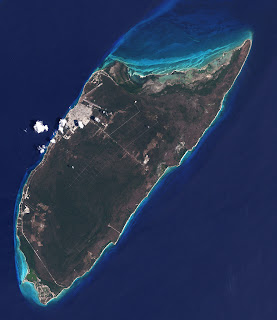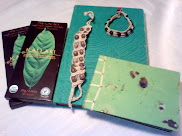I arrived at the Felipe Carrillo Puerto bus station today and promptly met John Curtis, who I made contact with through Curtis Buchanan, the windsor chair maker from Tennesee. John's been living in Carillo (the town goes by its middle name) for 6 years now, sharing his woodworking skills with the people of the surrounding ejidos. He introduced me to "la Ingeniera Victoria,"* Technical Director of the Organizacion de Ejidos Productores de la Zona Maya. It was barely a block away!
The group is a sort of Ejido Union, representing 20 community owned forests (or Ejidos) and providing technical direction and support to those communities. Ing. Victoria was very excited to have me, and I guess John had told her that I was here to volunteer for the organization, because she jumped right into that.
As John was introducing me, he said Curtis hadn't told him much about me other than the fact that I was coming. I guess that reference went a long way! I told them I was traveling through Mexico looking for reforestation projects, but before I could add "and sustainable forestry projects," they looked at each other and went into how they don't really do reforestation. This happens to me a lot, so I think I need to work on my schpiel.
Victoria said what they do is more like forest enrichment, where they plant valuable species, but I didn't get any more detail on that because I steered the conversation back towards sustainable forestry (uso sostentable del bosque). Turns out, these guys are not only working on wood, but on honey, chicle, handicrafts, ecotoursism, payment for environmental services... So basically everything I'm into ever, with community ownership of the forest already in place.
I think I'll stay here a while...
--
*Note: As I've mentioned before, in Spanish speaking countries, the idea of calling someone doctor as a title had been expanded to include everthing one can study. An "Ingeniera" is someone who went to a technical school, in this case for forestry.










